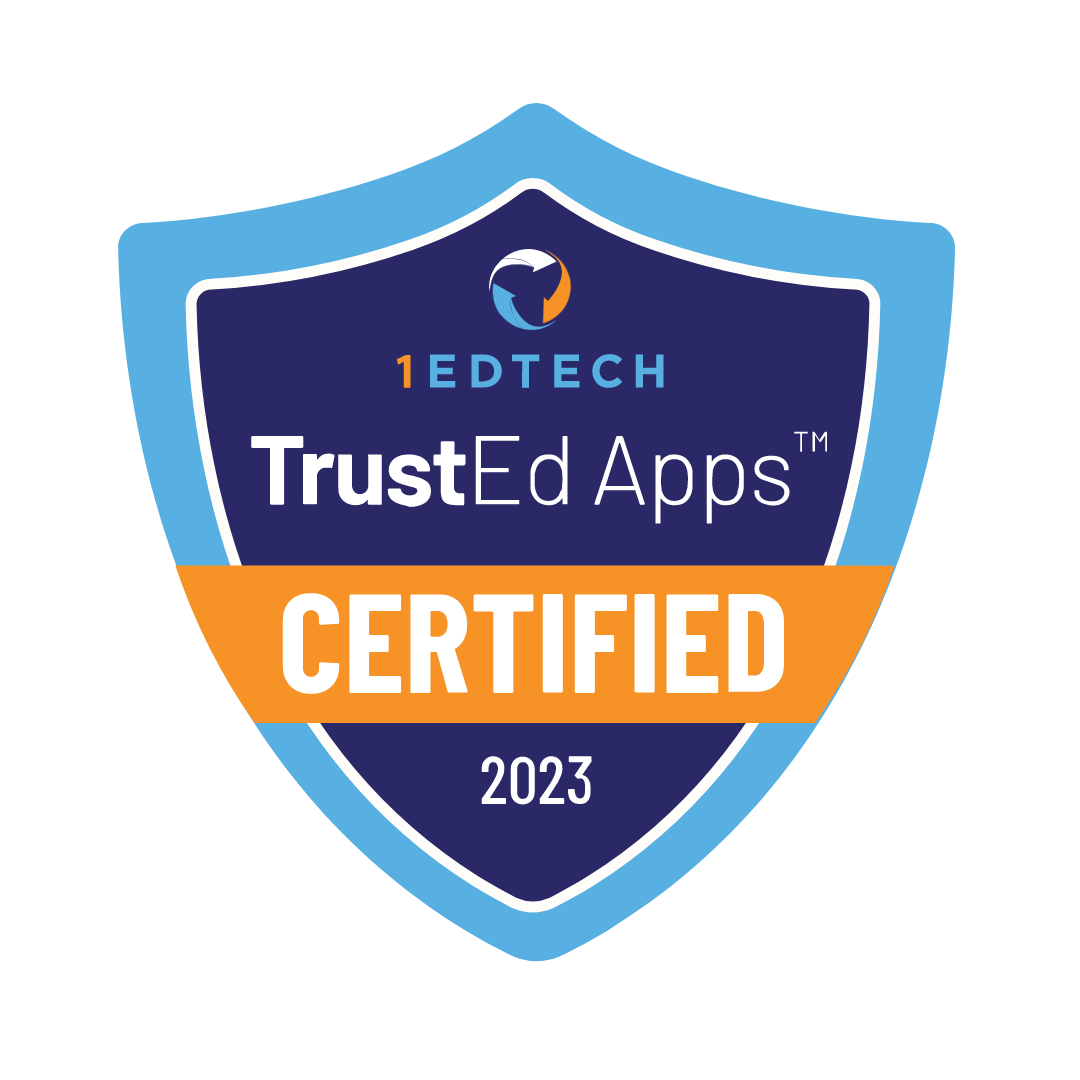Contents
Introduction
Virtual learning has become a major form of education because of advancements in technology. Students currently have the ability to take a variety of classes using online platforms. It is important to comprehend the expenses linked to high-quality K-12 online education in order to make well-informed choices.
To clarify, K-12 online education means that students from kindergarten through 12th grade learn over the Internet comprehensively. Instead of going to a physical classroom, they attend classes, complete assignments, and interact with teachers and classmates online from home.
Understanding the Price of Online Education
“If a man empties his purse into his head, no one can take it from him. An investment in knowledge always pays the highest return.”
— Benjamin Franklin, one of the founding fathers of the United States of America
The price layout of online education involves various factors and goes beyond tuition fees. These are all expenses related to digital education, offline and online. Although it may seem cheaper than regular education, there are many factors that add to the total costs.

The Crisis of International Offline Education Costs
The current status of traditional education costs for international Students was recently evaluated in a research “Addressing the Affordability Crisis for International Students“ published in the US Journal of International Students. The paper outlined key worrisome tendencies offline international education is going through that might be related to the rise of popularity of international Online Education.
Here are the main findings:
- Between 2014 and 2019, U.S. public four-year institutions saw a 14% rise in out-of-state tuition and fees for international Students.
- Tuition fee hikes and currency devaluation have significantly increased the cost of studying abroad for Students from emerging markets.
- The Indian currency depreciated by over 20% against the U.S. dollar from 2014 to 2018, further increasing education costs.
- International Students face declining funding opportunities, making it harder to afford education in high-income countries.
- Immigration and work visa restrictions are limiting Students’ ability to offset education costs by working abroad.
- International Students are increasingly demanding more value for their money, focusing on career outcomes after graduation.
- Emerging education destinations like China are becoming more appealing due to affordability and supportive policies.
- Many high-income universities risk becoming unaffordable for a large segment of international Students, threatening their diversity.
Factors Impacting the Price of Internet-Based Learning
Firstly, the reputation of the school is very important, as well-known schools might have more expensive tuition fees.
Secondly, the kind of course affects the price; brief certification courses usually have a lower cost than complete degree programs.
Third, the needs for technology and infrastructure can increase costs; Students might have to purchase high-quality computers, software, and dependable internet connections.
Fourth, classes with hands-on activities or individual coaching may have a higher cost because of the extra benefits offered.
Ultimately, the length of the program affects the price; extended programs that last for several years tend to be pricier than shorter courses.
Offline Shopping Cost Comparison

Online Shopping
- Prices may be lower due to reduced overhead costs for the retailer.
- Discounts and promotions are often available.
- Shipping costs may apply.
Offline Shopping
- Prices may be higher due to higher overhead costs for the retailer.
- Discounts and promotions may be less frequent.
- No shipping costs, but transportation costs may apply.

When comparing the prices of online and traditional schooling, think about costs other than just the fees for classes. Conventional schooling frequently involves expenses for accommodation, transportation, food, and tangible learning resources. Internet-based education could include expenses for technology, software memberships, and exam supervision charges.
Furthermore, the adaptability of internet-based education enables numerous students to engage in either part-time or full-time employment, which in turn helps to counterbalance the expenses of their education.
Analyzing the Costs of Online Education
Involves looking at a few main areas:
1. Tuition Fees
These are the main cost of online education. They differ depending on the reputation of the institution, the length and content of the course, and the expertise of the faculty. Well-known schools or classes taught by professionals in the field may have higher costs because of the quality they offer.
Students frequently have to purchase technology such as dependable computers or laptops with enough processing capability. The course may require you to buy or sign up for software. A reliable and quick internet connection is necessary for reaching course materials and joining online classes.
Study materials and digital books are necessary for students and may require purchasing specific e-books or subscribing to online journals and publications that are not available for free. Certain classes provide interactive educational resources or simulations that may come with additional fees.
2. Certification and Test Fees
The process of getting a recognized certification may come with extra expenses. Certain classes may have supervised tests that necessitate the payment of testing fees. Certification costs could be in addition to the course fee, particularly if the certification is provided by a well-known organization.
Private Internet-Based Schools
Private internet-based schools can be public or private, just like regular schools. Virtual public schools are usually funded by the state or local school district and are required to adhere to curriculum and attendance standards. Typically, they have physical borders, frequently on a state level, and students complete the same tests required by the state as students in regular public schools.
Internet-based independent schools provide greater freedom in their course content and class options. They could offer schooling all year, advanced classes, or other special programs. Students are often not limited by their location to attend.
Technology is essential for the experience of online schools that do not charge tuition. Several cost-free online public schools offer free computers to their students, depending on the state. Necessary books and teaching materials are frequently given at no cost, either in digital or physical form, based on the class and grade.
Families have to pay for basic school supplies like pencils, erasers, and notebooks, just like they would for regular schools. Having a printer can be useful but isn’t always needed, since most work is done and sent electronically. Families might have to pay for any costs not covered by the school for voluntary in-person field trips or outings.

Hidden Expenses Online Education
Although Online Schooling can be affordable, there are additional expenses to consider:
Internet and Data Fees
Extra fees may be needed for higher bandwidth in order to watch lectures and join interactive sessions, which could result in increased internet charges. Switching to a quicker internet package might be needed for a smooth experience.
Extra Classes
Extra classes and resources may be necessary for Students to fulfill requirements or improve comprehension of specific topics. Training sessions or online seminars can enhance learning but may require payment.
Various costs like office supplies, printing expenses, comfortable furniture, and data security measures can add up over the long run.
Financial assistance and grants
Institutions may provide financial aid in the form of scholarships that are awarded based on academic achievements, participation in extracurricular activities, or demonstrated financial need. Potential financial assistance choices may involve decreased tuition expenses, payment plans, or loans, to ensure that financial constraints do not hinder access to education.
The price of distance learning differs around the world. Certain platforms provide pricing specific to particular regions in order to make courses more accessible in those countries. Fluctuations in exchange rates can affect the total expenses for overseas studies. Courses offered in the area might be cheaper compared to those from schools abroad.
Legacy Online School Fees
Legacy Online School works to make education affordable for everyone and offers different options:
- Legacy Online School offers flexible payment options. Options include paying yearly, by semester, or monthly.
- The annual tuition fee ranges from $1,199. This fee covers access to the core curriculum, teacher support, and educational resources.
- Legacy Online School offers financial aid for Florida K-12 students. The scholarship covers tuition and expenses, helping students with diverse needs. For more info, visit Step Up For Students.
For more detailed information on fees, discounts, and available scholarships, visit Legacy Online School’s Tuition and Fees Page.
Conclusion
Online education offers versatility and a diverse range of classes. Even though there are costs involved, the advantages can make the expenses worthwhile. Thoroughly explore different choices, compare prices and what is included, and then make well-informed choices based on your own needs and situation. Online learning can be a worthwhile investment in your future, as long as it matches your individual learning preferences and career objectives.





